The Food of the Future? Just One Word: Plastics
How can you have your pudding if you don't eat your plastic?
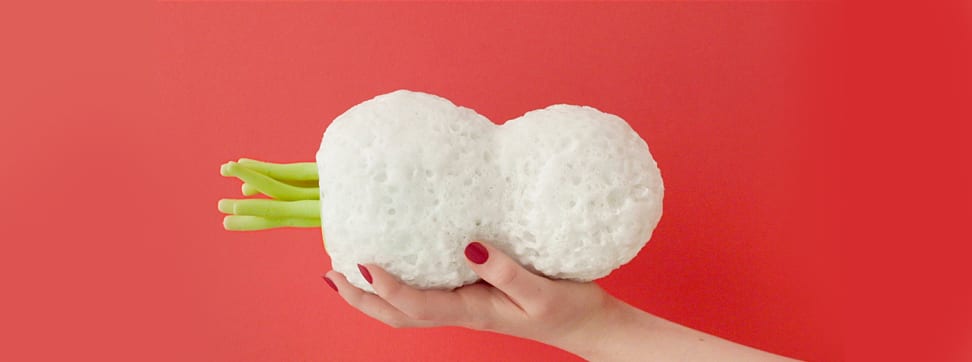 Credit:
Credit:
Products are chosen independently by our editors. Purchases made through our links may earn us a commission.
Perhaps you’ve heard of Soylent—the powdered “food” substitute designed to provide all the nutrients the human body requires to survive. Creator Rob Rhinehart calls it the solution to conventional food, which is the “fossil fuel of human energy.” On the other hand, New York Times tech writer Farhad Majoo has derided it as the most joyless new technology since MS-DOS.
Whatever it actually represents, Soylent points to an issue that's increasingly difficult to ignore: food sustainability. That’s why startups from Boston to San Francisco are researching everything from plant-based proteins and vegan cheese to insect chips and in vitro meat.
But did you ever think that maybe the food of the future could be completely synthetic? And by synthetic, I don’t mean grown in a lab from organic material. I mean full-on, material science synthetic. In other words, plastic.
Recent research showed it's possible to create a plastic cell that can carry out simple chemical reactions. Essentially, it can do everything an organic food cell must do to metabolize. Some researchers believe they’ll eventually be able to create bioplastic cells for human consumption. These “food” products will provide all the water, vitamins, fiber, sugar, fat, protein, and minerals needed for survival. And, hopefully, they'll taste a lot better than Soylent.
But what will it be like to actually consume these foods? London-based designer Johanna Schmeer recently unveiled a project that conceptualizes what an all-plastic diet could look like. Well, sort of. Bioplastic Fantastic, as it's called, is more of an art project—a very, very strange art project—but it gets you thinking about the food of the future.
{{vimeo '98281097'}}
“What we perceive as the taste of food is actually a combination of what we see, touch, smell, and taste," Schmeer told Fast Company. "So instead of trying to imitate traditional food, which might not be possible in a satisfactory way, maybe a new, artificial sensuality would need to be found for this type of food—by, for example, placing an emphasis on the visual and tactile senses."
Schmeer is clear about the idea: She's not proposing the concept as a solution or even a possibility for future food production. She simply wants to stir conversation.
Regardless of whether we decide to go down this path, Schmeer explains that enzyme-enhanced polymers could be used for other purposes, such as lighting or air purification.
Hey, as long as I can still enjoy a steak from time to time...
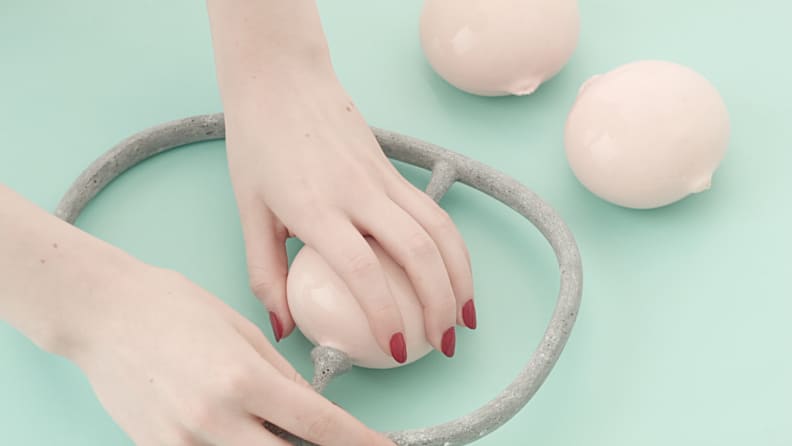
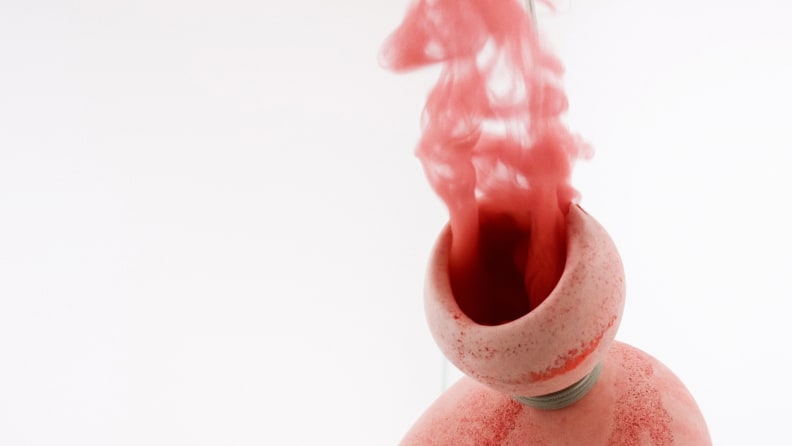
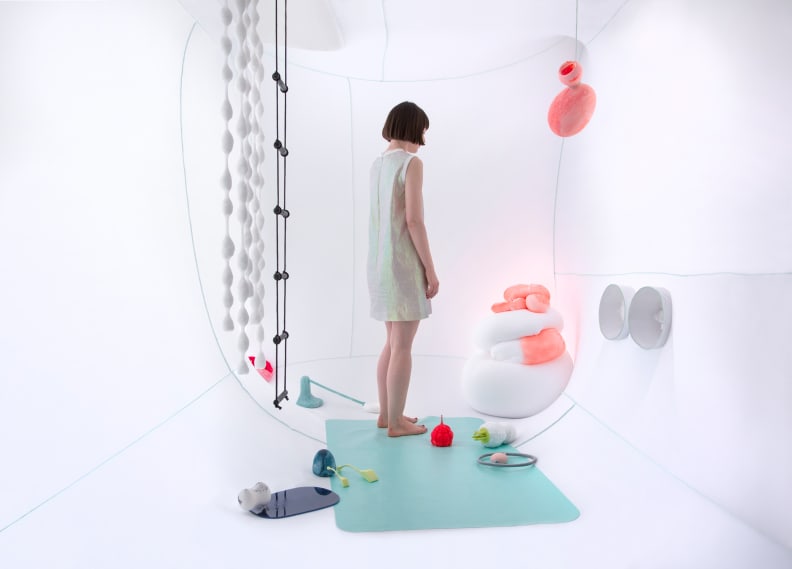
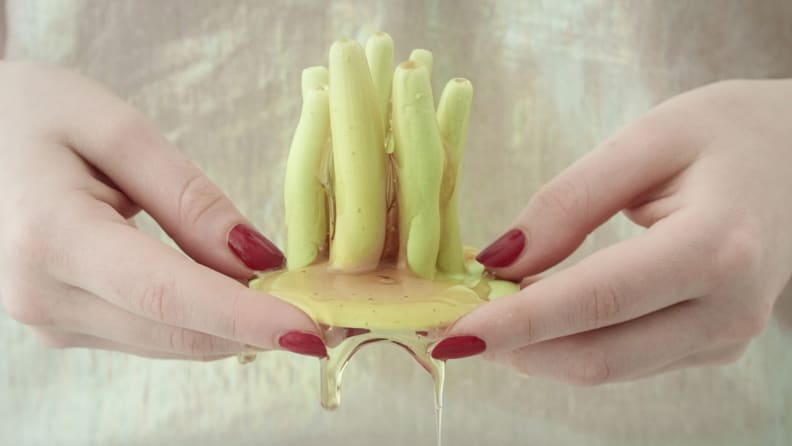
Photos: Johanna Schmeer Via: Fast Company
